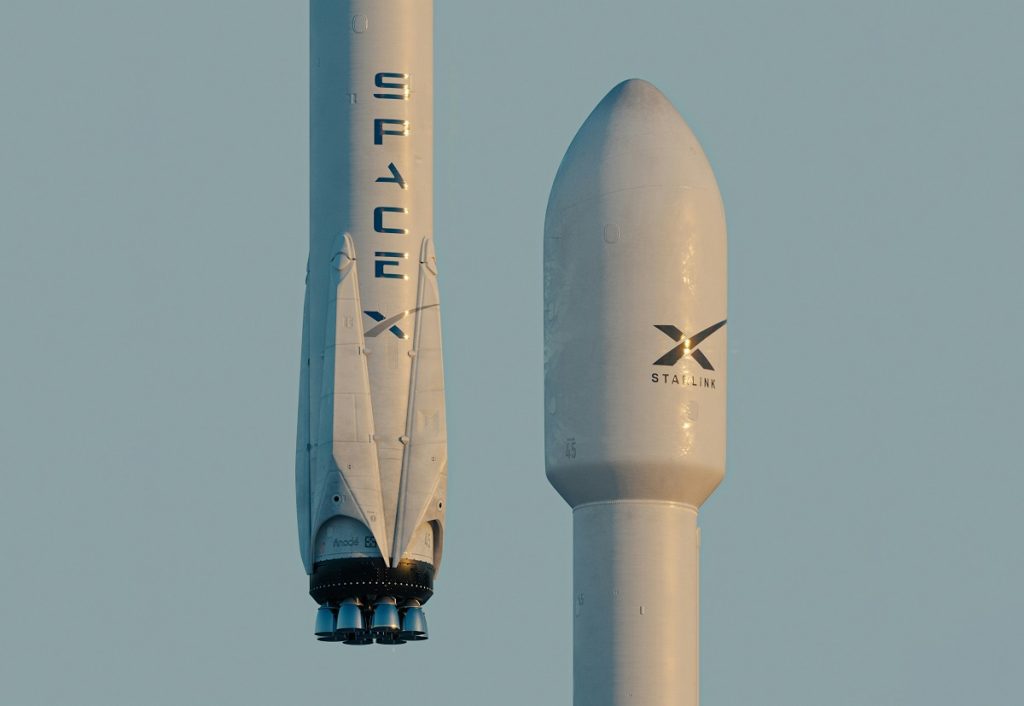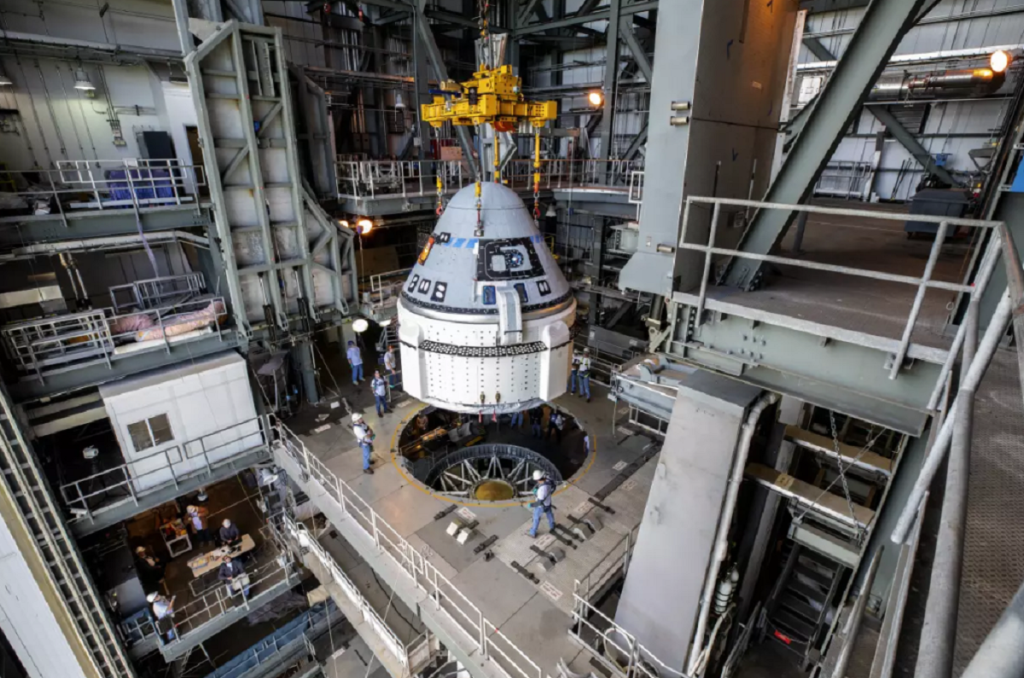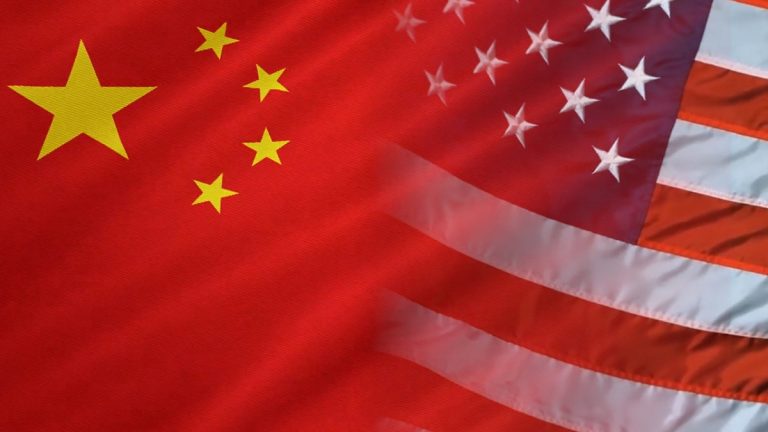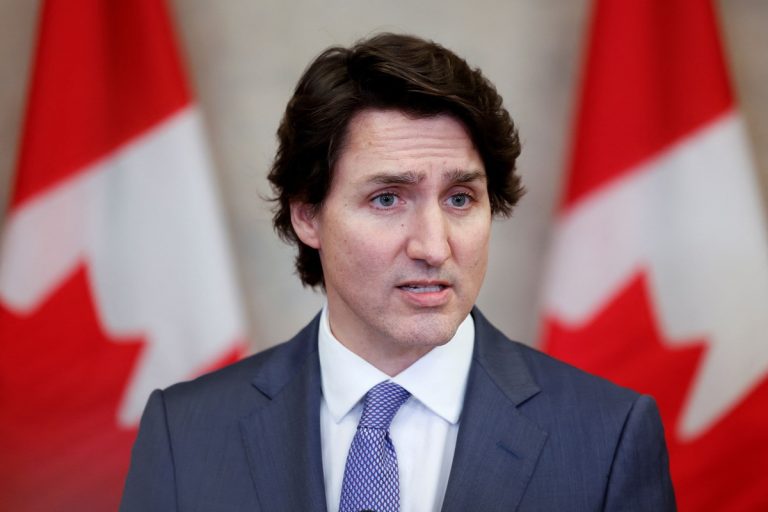
Boeing is under attack again
The famous American aviation corporation Boeing, experiencing technical, reputational and financial problems since 2023, has not come out of the crisis. Already in the spring of this year it was again under the blow.
The quality of assembly “went into a steep peak”
A new investigation was launched against the company, this time it concerned the falsification of documents on the acceptance of Dreamliner 787 airplanes. Boeing engineers simply did not conduct the necessary inspections when handing over the assembled airplanes, forged documents, and threatened the complaining workers with dismissal. Although in 2014 they admitted that they themselves would not want to fly on their own airplanes. Incidents with Boeing airplanes occur almost every week: doors, landing gear, and engines fall off. Some of the airplanes are again “left on the ground” until the investigation is over.
Consequences Boeing tries in every way to buy, so witnesses in the case die under strange circumstances. Since 2019, Boeing has lost $32 billion, and the corporation’s debts have grown 4 times and exceeded $48 billion. It will have to repay $12 billion in the coming years. This could bring Boeing to disaster and collapse its credit rating, although the company’s image has always been based on safety and reliability.
In the space race, Boeing has already fallen far behind SpaceX, although it has received billions of dollars in government subsidies. There are also big problems with refueling planes for the Pentagon. Boeing lost another $7 billion on these contracts. Bureaucracy, corruption, and real-time racial-gender quota hiring are bankrupting Boeing. In 2022 alone, the number of such cases increased by 47%. Today, the corporation has come to epitomize the systemic crisis of the U.S. airline industry.

Boeing’s collapse is noticeable even with a cursory examination of its current statistics. Over 2024, the flagship of the American aircraft industry has delivered 107 airplanes to the market. By comparison, Airbus delivered 203 airplanes for 2024, and in April Boeing received only 7 new orders with another 33 canceled due to airline bankruptcies and its own problems. The U.S. Department of Justice has torn up the 2021 agreement with Boeing because the corporation failed to keep its promise to tighten controls on airplane assembly quality.
Now Boeing is also facing criminal charges over the crashes of its 737 Max in 2018 and 2019. That’s the result of a long process when it failed in the 2010s to try to update its lineup faster than a competitor. At the beginning of the decade, only one airplane in the lineup was created. But flights of the revolutionary airplane, built almost exclusively from lightweight composite materials, were halted for months due to battery fires. The airliner’s problems didn’t stop there, and under new management that lost touch with the engineering team, the airplane was released with more flaws.
In addition, the new B-777X, which was supposed to be delivered to airlines by 2020, was never certified by U.S. regulators due to “raw design”. Most importantly, Boeing planned but never built a replacement for the B-737NG family.
Boeing is messing up the U.S. space program
The Pentagon is increasingly unhappy with technical problems with Boeing’s new refueling planes. NASA is also indignant because the launch of Boeing’s manned module is far behind schedule. And, therefore, the corporation is failing the U.S. space program. The Boeing crisis is aggravating literally on all fronts.
Now the problems with the Starliner spacecraft, which Boeing has been creating since 2010, having spent $6 billion on the program, have come to the forefront. The corporation is incurring losses from it, and the budget has gone beyond the limits set by the NASA contract. The timing of Starliner’s first launches has been pushed back to the right many times. As a result, the ship was launched to the International Space Station (the ISS) only in June 2024, but then Starliner had problems with the engines. NASA is now afraid to send Starliner back to Earth. Arrived on it astronauts can spend an extra 8 months on the ISS and return in February 2025. If the ship crashes on landing, it will kill Boeing.

And by 2030 NASA is already going to leave the ISS. But Americans are unlikely to be allowed on the Chinese station, and cooperation with Russia against the backdrop of the war in Ukraine is also not expected. Spending billions of dollars on a non-working Starliner makes no sense if the U.S. will not have its own space station in the near future.
NASA wants to focus on lunar exploration, but even here there are difficulties, and again with Boeing. The latter has been involved since 2016 in the creation of a rocket to launch ships to the Moon, but the deadline has moved forward by 7 years, and there are a lot of technical problems. Unqualified workforce was used to build the rockets, and most likely illegal migrants.
Because of the Boeing crisis, the U.S. plans to return to the Moon by 2028 are on the verge of failure. There is also a possibility that Boeing may face a large-scale restructuring with the sale of all space-related assets. The corporation has lost 45 billion dollars of capitalization, its credit rating is on the verge of junk level, and the threat of bankruptcy is already quite real.
Boeing, like NASA, actively implemented race-gender quotas in hiring specialists. And the result of such suicidal liberal policies is plain to see. And this is only part of the technological crisis that is hitting the U.S. along with migration, economic and political problems.

